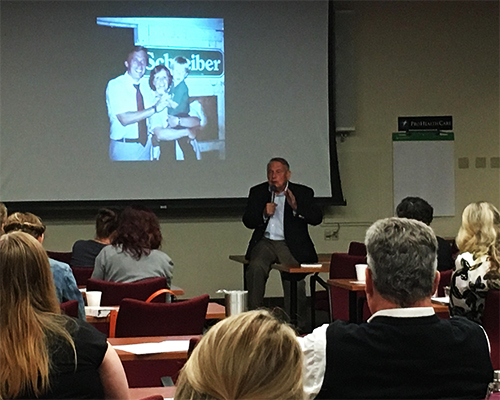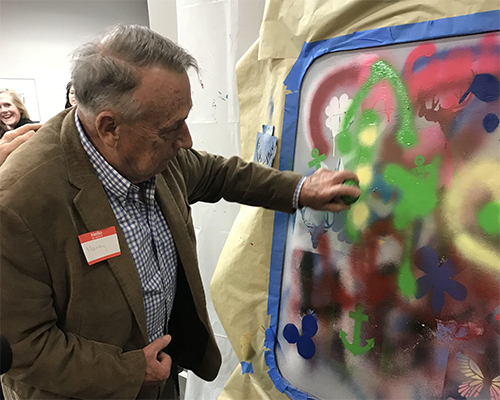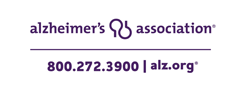- Former Wisconsin Gov. Martin Schreiber is running the most important campaign of his life as he works to educate and be a sounding board for Alzheimer’s families and caregivers.
- Schreiber’s primary message is to LEARN, COPE and SURVIVE.
- Schreiber says that he doesn’t want Alzheimer’s caregivers to experience the excruciating learning curve that he did, because it robbed him and Elaine of moments of joy that can never be recaptured.
- Per the Alzheimer’s Association, two-thirds of Americans diagnosed with Alzheimer’s are women. That means that there are a lot of men that insist they can take charge of caregiving. They need to drop the ego and ask for help, or they may well find their way to earlier graves than the person with dementia.
- If you’re an Alzheimer’s caregiver or family member, master the art of “therapeutic fibbing.” It saves everyone from senseless frustration.
- The only thing worse than Alzheimer’s disease is ignorance of the disease.

Q — What drove Marty Schreiber to write his and Elaine’s story and then release it for all to read?
A — After more than a decade as a caregiver, Schreiber began to realize that there were many things he learned too late. As heartbreaking as Alzheimer’s is, he realizes that the situation is made worse when caregivers don’t know what to expect. In addition to shedding light on better ways to respond to the disease, Schreiber wanted to honor Elaine’s courage in facing Alzheimer’s, something he didn’t fully appreciate until he uncovered journals that she began to keep after her diagnosis. He knew he needed to share both of their stories.
Q — What is the main takeaway from My Two Elaines?
A — When you try to go it alone, you are less healthy and happy, which makes you a less effective caregiver.
Q — What are three ways an Alzheimer’s caregiver can care for himself/herself when a person with dementia requires attention day and night?
A1 — Make your family and friends aware of specific ways they can help, such as run errands, prepare meals and spend time with the individual with dementia. You need to recharge your batteries.
A2 — Don’t neglect your own health. Exercise, eat healthy and keep up with your own doctor appointments.
A3 — Take advantage of resources provided by the Alzheimer’s Association. There is support online (alz.org), by phone (800-272-3900) and in person. Even if you don’t think you need it, call, read or visit. You’ll feel a sense of relief and hope that you didn’t know existed.

Q — Is Alzheimer’s a death sentence?
A — The short answer is that yes, Alzheimer’s is fatal. Right now, there is no cure for Alzheimer’s. However, that doesn’t mean a couple or family with an Alzheimer’s diagnosis cannot still enjoy good quality of life early in the disease. Go ahead and take a special vacation. Even as Alzheimer’s advances, try to live life as fully as possible.
Q — We know the gender statistics for Alzheimer’s but in what other ways can we measure the impact of the disease?
A — More than 5 million Americans live with Alzheimer’s disease, and more than 15 million people provide unpaid care for them. Alzheimer’s is the sixth-leading cause of death, and the only disease in the top 10 that cannot be prevented, cured or even slowed. Alzheimer’s kills nearly 93,000 Americans each year — more than breast cancer and prostate cancer combined. While deaths from breast cancer, prostate cancer, heart disease, stroke and HIV are down since 2000, deaths from Alzheimer’s during the same period are up an astonishing 89 percent. Health care costs for persons with dementia are 3.5 times higher than for those without, which lead to an estimated cost of $259 billion to care for people in the United States with Alzheimer’s or other dementias (2017 statistics, alz.org).


